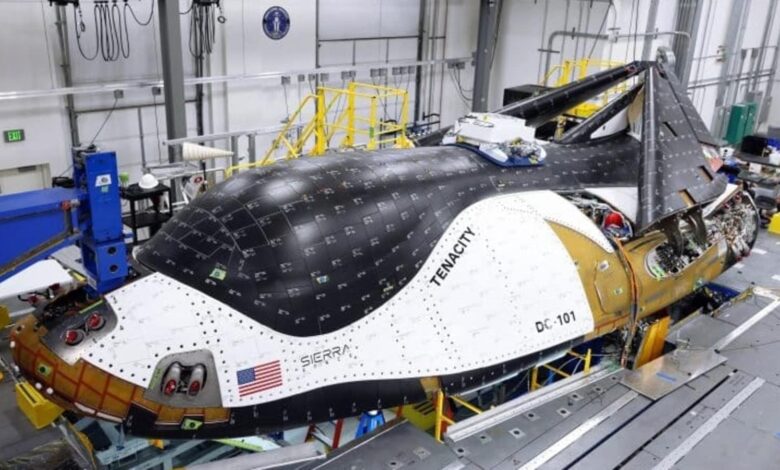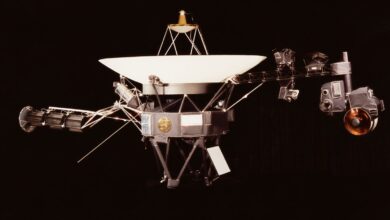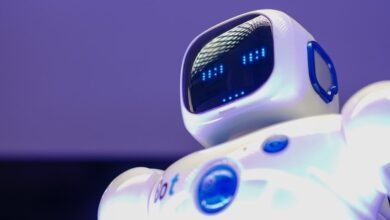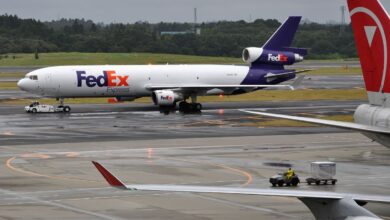Dream Chaser spaceplane to resupply the ISS will now face the final NASA testing

Commercial space tech is still a relatively new field. Before the turn of the century, space exploration and technology development were only handled by government-funded space agencies, such as NASA, ROSCOSMOS, JAXA, and ISRO, that worked to use the knowledge from various missions to help their respective nations. It was only after the entry of Elon Musk’s SpaceX, Jeff Bezos founded Blue Origin and Richard Branson led Virgin Galactic, that people began looking at space tech as an entrepreneurial venture. However, even in 2023, a lot of its potential still remains to be uncovered. Case in point — Sierra Space’s Tenacity, the company’s first Dream Chaser spaceplane, which will used to resupply the International Space Station (ISS)
Dream Chaser spaceplane is an innovative concept mini spacecraft that can launch vertically on the Vulcan Centaur rocket and can land horizontally on runways. It has a design that is reminiscent of both a plane and a spacecraft. Sierra Space has been constructing Dream Chaser since 2010, and this is the first model of the company that has been completed and handed over to NASA for the final round of testing.
Tenacity, the Dream Chaser spaceplane handed over to NASA
“Today we have arrived at a profound milestone in both our company’s journey and our industry’s future – one that has been years in the making and is shaped by audacious dreaming and tenacious doing,” said Sierra Space CEO Tom Vice in a statement issued by the company.
The Dream Chaser spaceplane, which spans 30 feet in width, will be used to restock the ISS. It is capable of delivering 5,500 kg, about half of that of a shuttle. But its advantage is that it can also receive cargo, such as experiments and hardware back to Earth, something no other shuttle can. On top of that, it also offers environmental benefits as the company says it has been built to last at least 15 space missions. It also has a sustainable propulsion and oxidizer-fuel system, which lowers the cost to the environment and the mission.
But perhaps the greatest engineering feat of this machine is in engineering its heat dissipation. At reentry, the spaceplane will have to withstand temperatures upwards of 1650 degrees Celsius but has to be cool to touch minutes after landing. It also has to be durable enough to go through the same process 15 different times.




